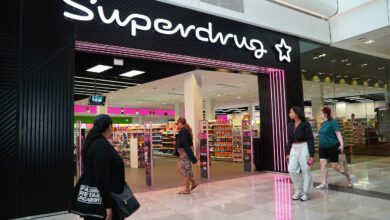Plastic Packaging Tax revenues should be reinvested in retail
By Zoe Brimelow, brand director at packaging manufacturer DUO

It’s now less than 12 months until UK retailers face paying a new levy on plastic packaging, with this set to raise hundreds of millions in tax revenues. This money should be shared with retailers to help further improve recycling and sustainability.







